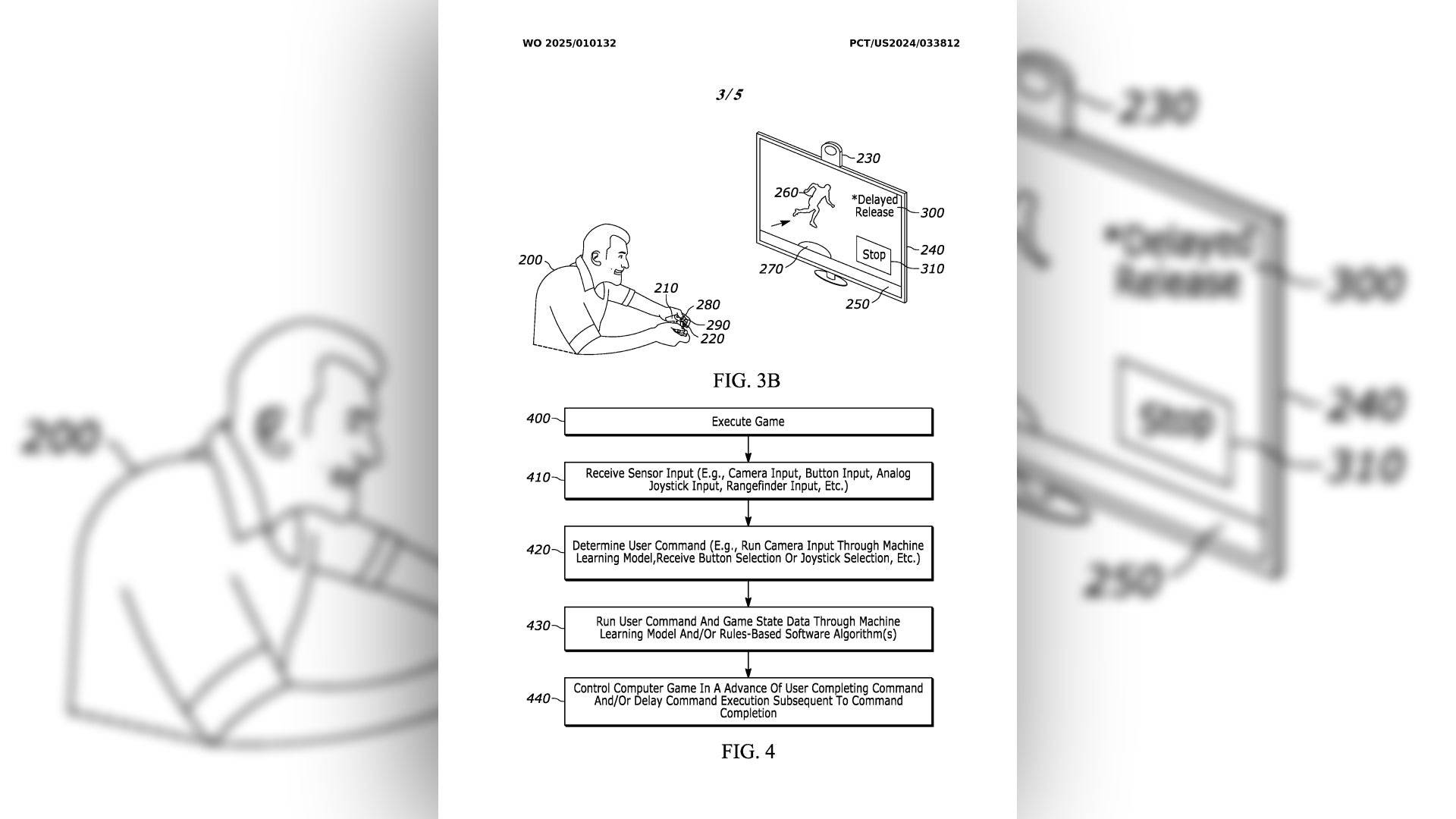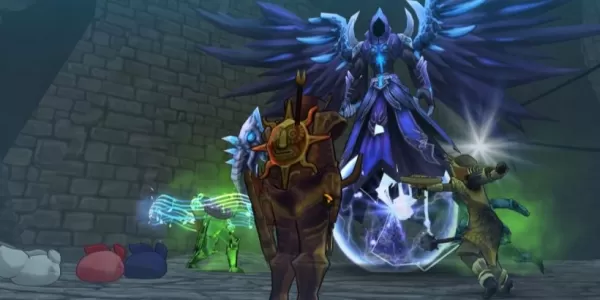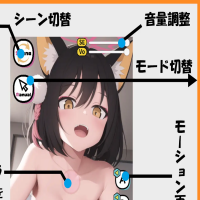Sony, known for pushing boundaries in gaming technology, has filed a new patent detailing plans to reduce latency in future hardware by integrating AI models with supplementary sensors. The company introduced its initial upscaler, PlayStation Spectral Super Resolution (PSSR), alongside the PlayStation 5 Pro. While this upscaler enhances resolution quality, newer graphics technologies like frame generation can introduce additional latency, impacting responsiveness despite adding more frames.
AMD and Nvidia have addressed similar issues with Radeon Anti-Lag and Nvidia Reflex, respectively, prompting Sony to explore its own solution. The recently uncovered Sony patent, identified by Tech4gamers and titled “TIMED INPUT/ACTION RELEASE,” aims to address and optimize the timing of user commands by predicting the next button press.
According to the patent filing, Sony explains: "There can be latency between the user's input action and the system's subsequent processing and execution of the command. This leads to delayed command execution and unintended consequences within the game." The proposed solution combines multiple elements: a predictive machine-learning AI model to anticipate incoming inputs and an external sensor, such as a camera monitoring the controller, to detect imminent button presses. As stated in the patent, "the method may include providing camera input as an input to a machine learning (ML) model," which could signal the first user command.
Another possibility involves utilizing the controller's buttons themselves as sensors. Given Sony's history with analog buttons, it's plausible they could integrate this feature into a future controller design.
Although the exact implementation described in the patent may not appear precisely as outlined in the PlayStation 6, it highlights Sony's commitment to reducing latency without compromising responsiveness, particularly as technologies like FSR 3 and DLSS 3 gain traction. Such advancements would significantly enhance genres requiring quick reflexes, such as twitch shooters, where both high frame rates and minimal latency are crucial. However, whether this patent translates into actual hardware remains uncertain.










